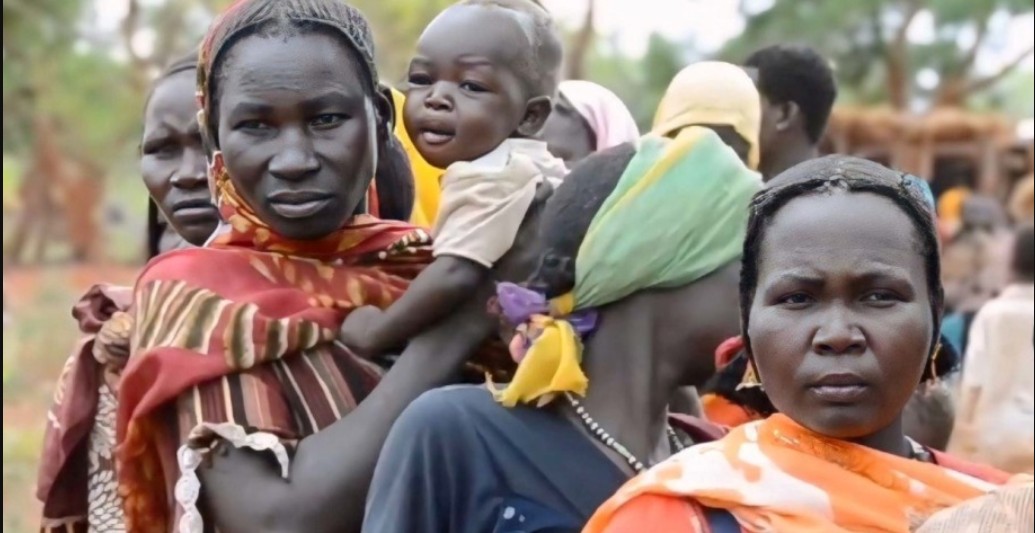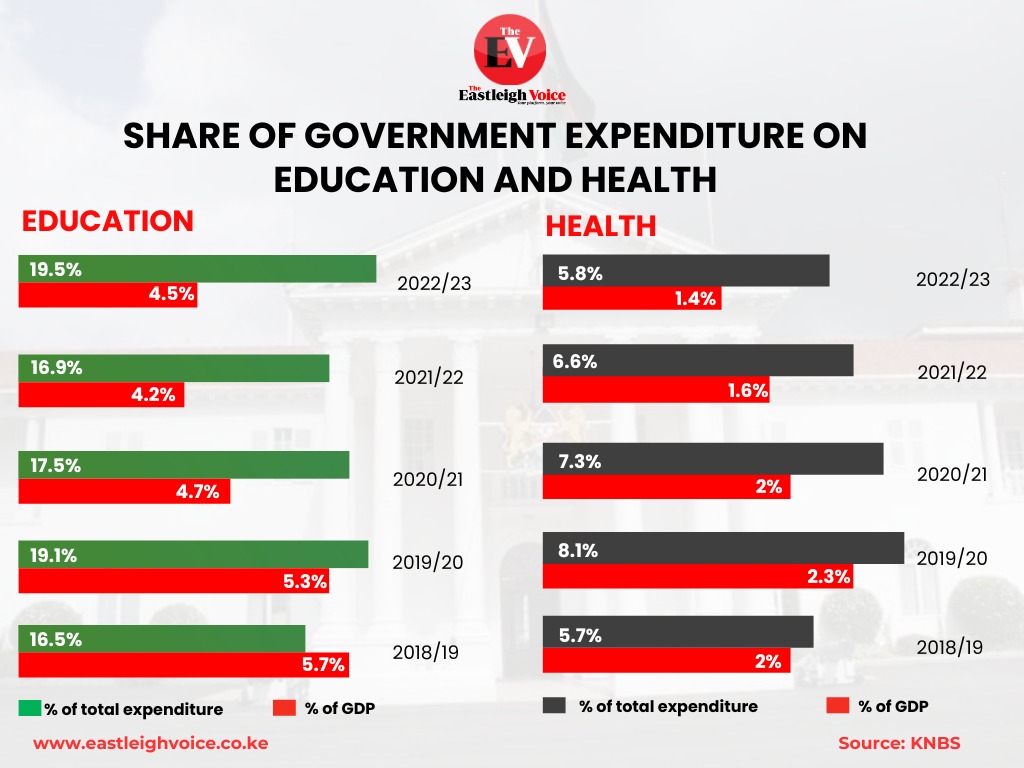Consumers to benefit from decline in global commodity prices, says World Bank

However, despite the anticipated fall, the lender notes that prices will remain higher than pre-Covid levels, reflecting ongoing supply chain challenges and structural shifts in global demand.
Consumers are set for significant relief by the end of this year and into 2026, as the World Bank projects a substantial decline in global commodity prices.
According to its April forecast, the prices of key commodities such as energy, metals, and food are expected to drop by up to 12 per cent in 2025.
More To Read
- FAO index shows decline in global food prices, except cereals
- World Bank warns political interference weakening Kenya’s state-owned enterprises
- WHO calls for urgent action to achieve universal health coverage by 2030
- African countries take lead in push toward universal health coverage for 1.5 billion people by 2030
- Developing countries’ debt servicing cost hit 50 year high on high interest
- African land policy reforms benefit women and communities, but 18-country review reveals key gaps
However, despite the anticipated fall, the lender notes that prices will remain higher than pre-Covid levels, reflecting ongoing supply chain challenges and structural shifts in global demand.
“Commodity prices are forecast to fall by 12 per cent in 2025, year-on-year, and by a further five per cent in 2026,” the World Bank states in its April Commodity Markets Outlook report.
“While nominal commodity prices would remain 17 per cent higher than their 2015–2019 average in 2026, inflation-adjusted prices would likely be slightly below the average for that period.”
If realised, the Bank adds, these declines would mark the end of a period of elevated inflation-adjusted commodity prices triggered by the Covid-19 pandemic and Russia’s invasion of Ukraine.
The forecast is attributed mainly to a growing consensus that global economic growth will slow significantly this year, coupled with gradually increasing commodity supplies and ample spare oil production capacity.
Notably, weaker economic growth and slowing global oil demand are expected to lower energy prices, potentially causing a ripple effect across related sectors.
The World Bank projects the energy price index to fall 17 per cent in 2025 and six per cent further in 2026.
This is underpinned by expectations that oil supply will exceed demand by 0.7 million barrels per day, alongside the rapid adoption of electric vehicles, reducing fuel consumption.
“These projections assume that there are no prolonged trade disruptions in energy commodities,” the Bank adds.
In this context, Brent crude oil is projected to average $64 (Sh8,300) per barrel in 2025—a fall of $17 (Sh2,200) per barrel from last year—and $60 (Sh7,800) per barrel in 2026.
Brent crude is the global benchmark used for pricing oil exports from Europe, Africa, and the Middle East.
However, this prospect has raised concerns among oil-producing countries, prompting them to extend production cuts into 2025 to stabilise prices.
In early June last year, the Organisation of the Petroleum Exporting Countries and its allies (OPEC+) agreed to extend voluntary production cuts of 2.2 million barrels per day into 2025.
The move was in response to concerns over weakening demand growth, elevated interest rates, increased oil production from the United States, and Saudi Arabia’s push to grow its GDP and diversify its economy.
Brent crude oil prices have recently hovered around $80 (Sh10,300) per barrel—a level below what many OPEC+ members reportedly require to balance their national budgets.
Top Stories Today











































